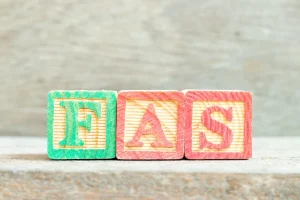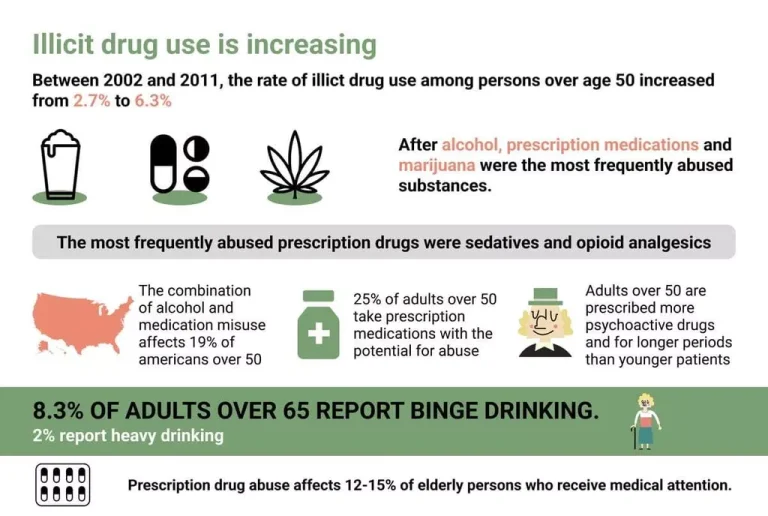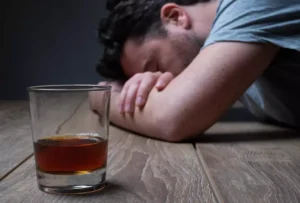Understanding how does drunk feel goes beyond just the initial…
The Truth About the Health Benefits of Alcohol

The long-term health risks of drinking include liver and heart disease, a weakened immune system and several types of cancer. Studies have also shown that drinking large quantities of alcohol in one sitting or even a single drink a day can raise blood pressure. No, alcohol can lower core body temperature by reversing the normal process that keeps us warm. It increases blood flow to the skin and impairs the body’s ability to shiver, making us feel warmer while reducing our actual core temperature. For some people, consuming an excessive amount of alcohol can cause unpleasant side effects such as sweating after drinking.
Why Does Alcohol Make You Sweat?
As for drinking more generally, having the occasional social drink is usually nothing to be concerned about. However, if you find yourself drinking often enough that sweating from alcohol is a common issue, it may be worth cutting back on how much you consume. Because alcohol intolerance is a genetic condition, there’s can alcohol make you feel hot currently no cure for it. The best way to relieve the symptoms of alcohol intolerance is to limit or eliminate alcohol consumption. Occasionally, alcohol-induced night sweats can be due to alcohol intolerance. When your body has this mutation, it can’t produce the enzymes that break down the toxins in alcohol.
- Dr. Engelman also shares the key to getting to the bottom of what’s causing your flushing is often as simple as keeping track of which drinks trigger reactions.
- While hot flushes can be normal in certain situations, such as during menopause, they can also indicate underlying health issues and alcohol abuse.
- Besides this, if you’re drinking while seated in a crowded, poorly ventilated place, you might also feel overheated.
- Alcohol makes you feel hot because it speeds up your heart rate and widens the blood vessels, called vasodilation, allowing more blood to flow, and causing the skin to feel warm and flushed.
- They often occur during the acute phase of withdrawal, which typically begins within hours to days after a person’s last drink.
- If you turn red when drinking alcohol while others stay cool, you may have this intolerance.
The Relationship Between Alcohol and Hot Flashes
The UK Department of Health’s Low Risk Drinking Guidelines advise that it is safest not to drink over 14 units a week1. It is also recommended that you pace drinking alcohol evenly over three days or more. According to the National Institute on Alcohol Abuse and Alcoholism4, it’s thought that with reduced quantities of this enzyme, certain by-products build up in the body which cause the flushing. The marked vasodilation in people with this genetic trait increases the volume in the blood vessels and reduces blood pressure – making them prone to low blood pressure5 and dizziness. The warm and toasty feeling after drinking alcohol can be accompanied by sweating.
Hot Flashes and Sweating During a Hangover

This can make you feel hotter than usual and increase the risk of heat exhaustion or heat stroke. For instance, one study found that part of why alcohol exacerbates a drop in core body temperature is because it reduces the ability to shiver, which is the body’s way of creating warmth. To keep health risks from alcohol at a low level, it’s important to follow the guidelines.

Drinking alcohol in the heat
- Dilated blood vessels means that warm blood is moving closer to the surface of your skin, making the heat noticeable.
- “Anecdotally, and clinically, many, many women—most women—will report that they do notice an increase in their hot flashes with increased alcohol,” she says.
- Some people will feel an overall hot flush that affects their entire body.
- At Zinnia Health, we believe every individual deserves personalized, judgment-free support.
Feeling hot requires the body to do things to try to cool itself down, mainly by sweating, which causes you to lose water and may lead to dehydration if you’re not replenishing with water and electrolytes. Unless it is a symptom of alcohol withdrawal, sweating when you drink is more of an annoyance than a serious problem. On the other hand, if you find yourself sweating the morning after you drink, this is likely a hangover symptom. A major hangover can actually result in a low-grade fever due to a blood sugar drop, dehydration, or even an immune response. In other words, alcohol tends to move heat to the perimeter of your body—making you feel warmer, while the core of your body is actually cooling down. Stress is biologically mediated by the hypothalamic pituitary adrenal axis – a feedback system between the brain and the pituitary and adrenal glands.
Hangover Hot Flashes and Sweating
Alcohol also increases urination, which makes your body lose water along with sweat and can lead to dehydration. Chronic heavy drinking can cause alcoholic hepatitis, which is the inflammation of your liver. One common sign of alcoholic hepatitis is jaundice, where the skin and whites of your eyes look yellowish.

Alcohol withdrawal
- Drinking alcohol can cause some people to feel hot and may lead to night sweats.
- On average, members see a 30% reduction in alcohol consumption in 3 months, leading to improved sleep, diet, and overall wellbeing.
- If you notice the symptoms of alcohol poisoning, it’s important to get medical help as soon as possible.
For this reason, your skin might feel warm after drinking alcohol because your body is simply trying to push the heat out. What’s more, there’s a recognized link between alcohol and low body temperature, which is why drunk people are at risk of hypothermia. Like hangover symptoms, hot flashes and sweating from AWS can also occur because alcohol withdrawal triggers your body’s fight-or-flight response. Although alcohol has a depressing impact on the central nervous system, during withdrawal the brain may struggle to adjust to the declining sedative impact of alcohol. In response, certain chemicals of excitability that are stamped down by alcohol, like glutamate, suddenly reactivate and lead to symptoms such as increased blood pressure and heat.

This Post Has 0 Comments